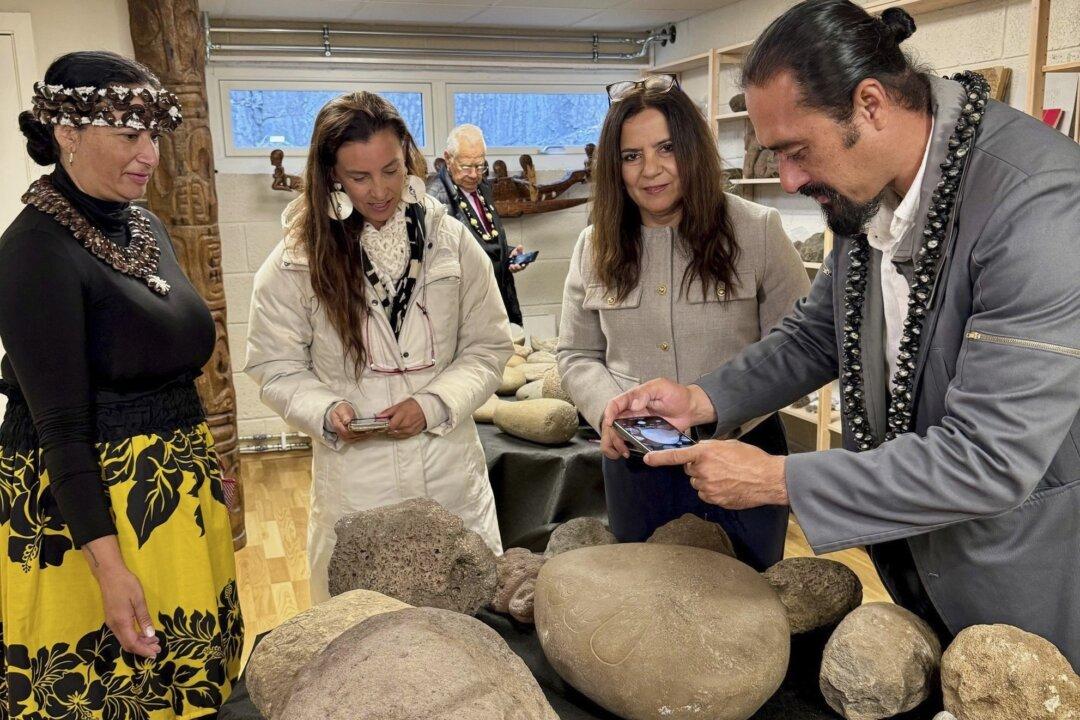COPENHAGEN, Denmark—Artifacts taken by a Norwegian explorer and anthropologist in the late 1940s are being returned by a museum in Oslo to Chile’s remote territory of Easter Island in the mid-Pacific, the Kon-Tiki Museum said Wednesday.
In 1947, explorer Thor Heyerdahl sailed on a log raft named Kon-Tiki from Peru to Polynesia in 101 days to prove his theory—that the South Sea Islands were settled by seafarers from South America.





